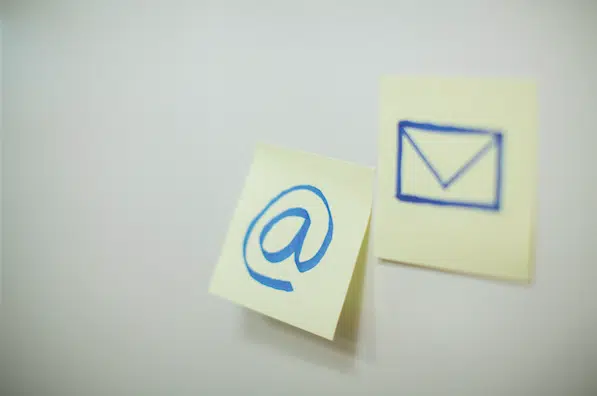Nonprofits: Email Open Rates May Be Higher Than You Think


Full Platform Overview Chat With Us



Full Platform Overview Chat With Us





And that could be a problem.
Email metrics like open rates and click-through rates can be invaluable to nonprofit communicators. They allow you to deliver multiple emails until reaching the intended recipient, and hone your content in order to maximize conversions.
But you should know that open rates are never 100% accurate.
How are open rates calculated?
Quite simply, email open rates are calculated by taking the number of emails opened and dividing by emails sent minus emails bounced. The rate is displayed as a percentage.
For example, if you sent out 200 emails, 30 bounced, and 20 were opened, you would have an open rate of 11.76% (20/170).
But how do email programs know if an email has been opened?
Typically, the email client (Bloomerang, MailChimp, Constant Contact, etc.) will embed a tiny, one-pixel image to the message. This tiny image is in addition to any normal images that have been added to the outgoing email. The sending server is notified when the recipient downloads that tiny image, and thus infers an “open.”
What this can mean is, some people may be opening your emails with their browsers or phones set to “do not display images.” When this is the case, there is a good chance that they are reading your email, just not opening the pictures. And in that case, the little bit of code never gets transmitted back to the sending computer, and thus never gets reported as opened.
It should be noted that some email clients will record an email as opened if the recipient clicks an email in the link, even if they don’t display pictures.
The good news here is that you are probably reaching a higher percentage of your constituents with your mass emails than you think you are.
The bad news is that you might be sending repeat emails to people who you think didn’t open the first one, and thus contacting them more frequently than you intended to.
Email overload?
Earlier this week I was helping a customer who wanted to re-send a mass email that had gone out the previous week to their entire database; but they only wanted to send the follow-up to those who had NOT opened the first one (a pretty common practice).
Because of the imperfect nature of how open rates are calculated, this user may have resent their email to someone who had indeed opened the first one.
I think the jury is still out on what is “too much” email. Formal research is hard to evaluate, because the number of people using email, (especially outbound), and the number of people reading it on smart phones, keeps growing so rapidly; and there aren’t established habits. Certainly, most donors realize that you aren’t wasting resources when you email them twice, the way they do when you send them two costly mailings.
Nevertheless, it is worth taking in to consideration as you think about sending “repeat” mass-emails. If nothing else, consider putting a word like “reminder” into the subject line of the email, to acknowledge that you are being thoughtful and not just serving up a big old plate of spam, spam, spam, beans and spam.

Comments